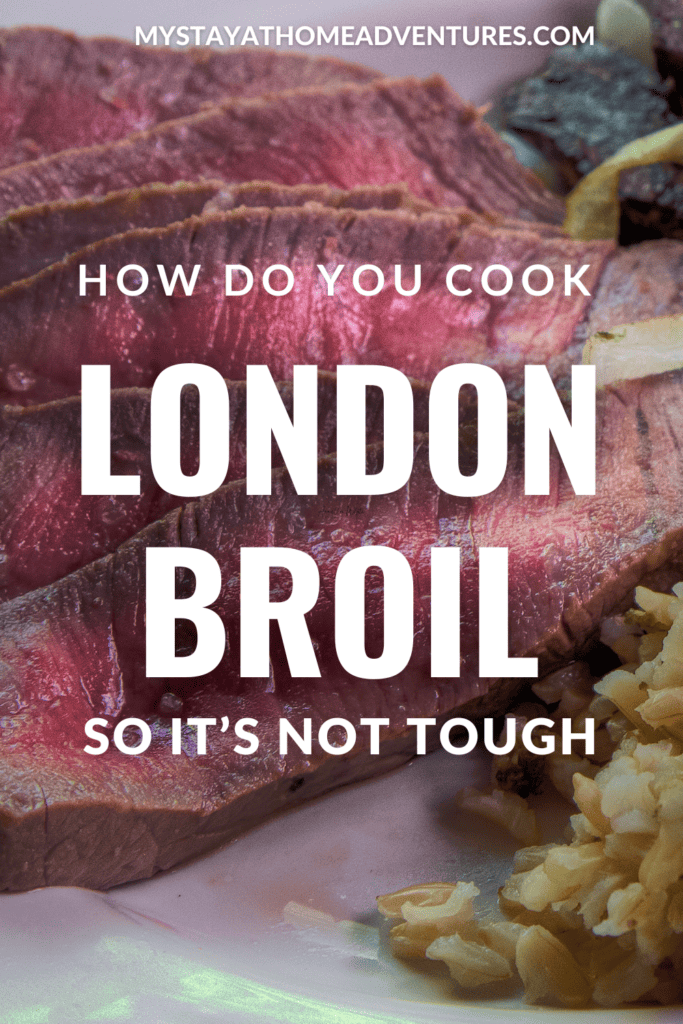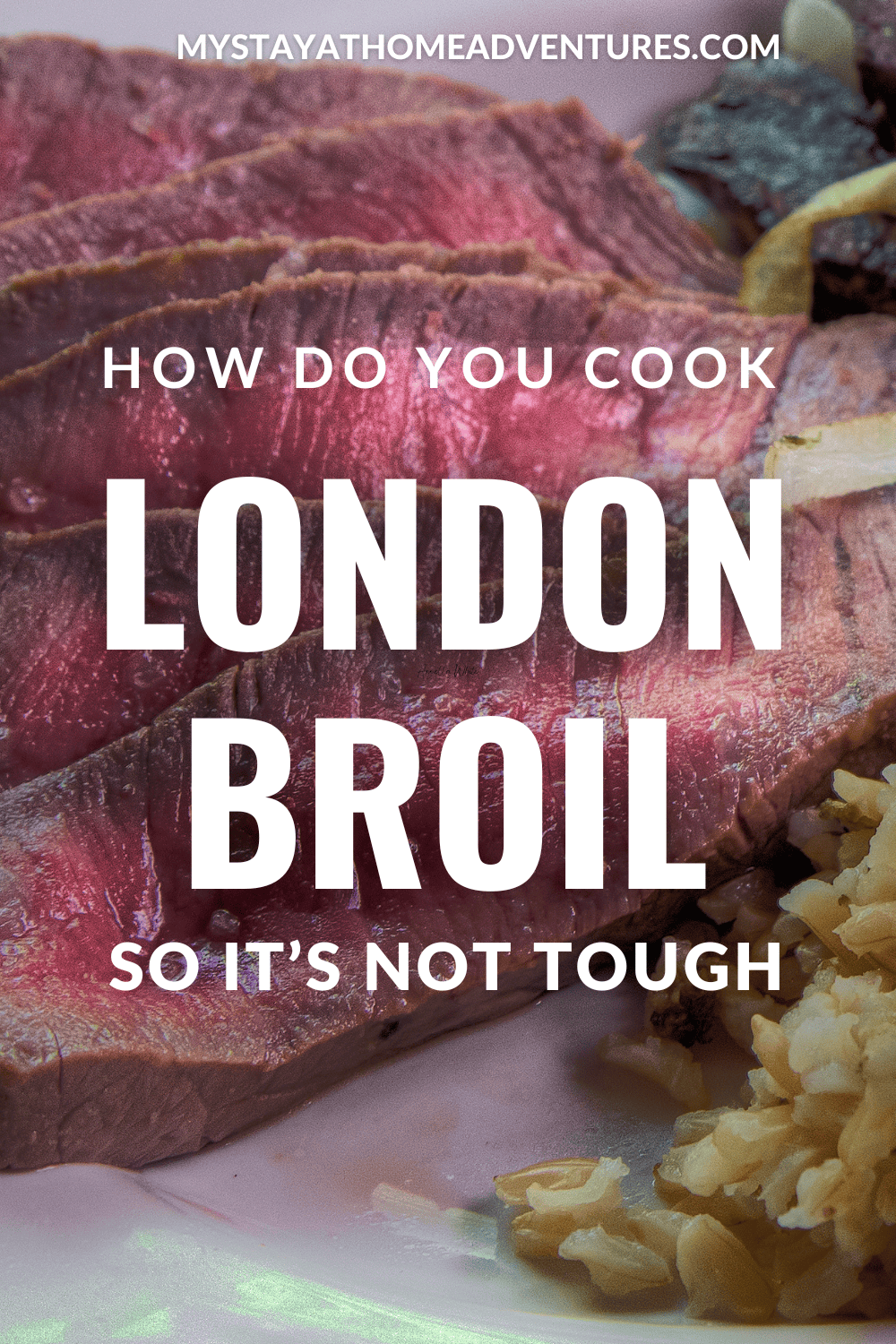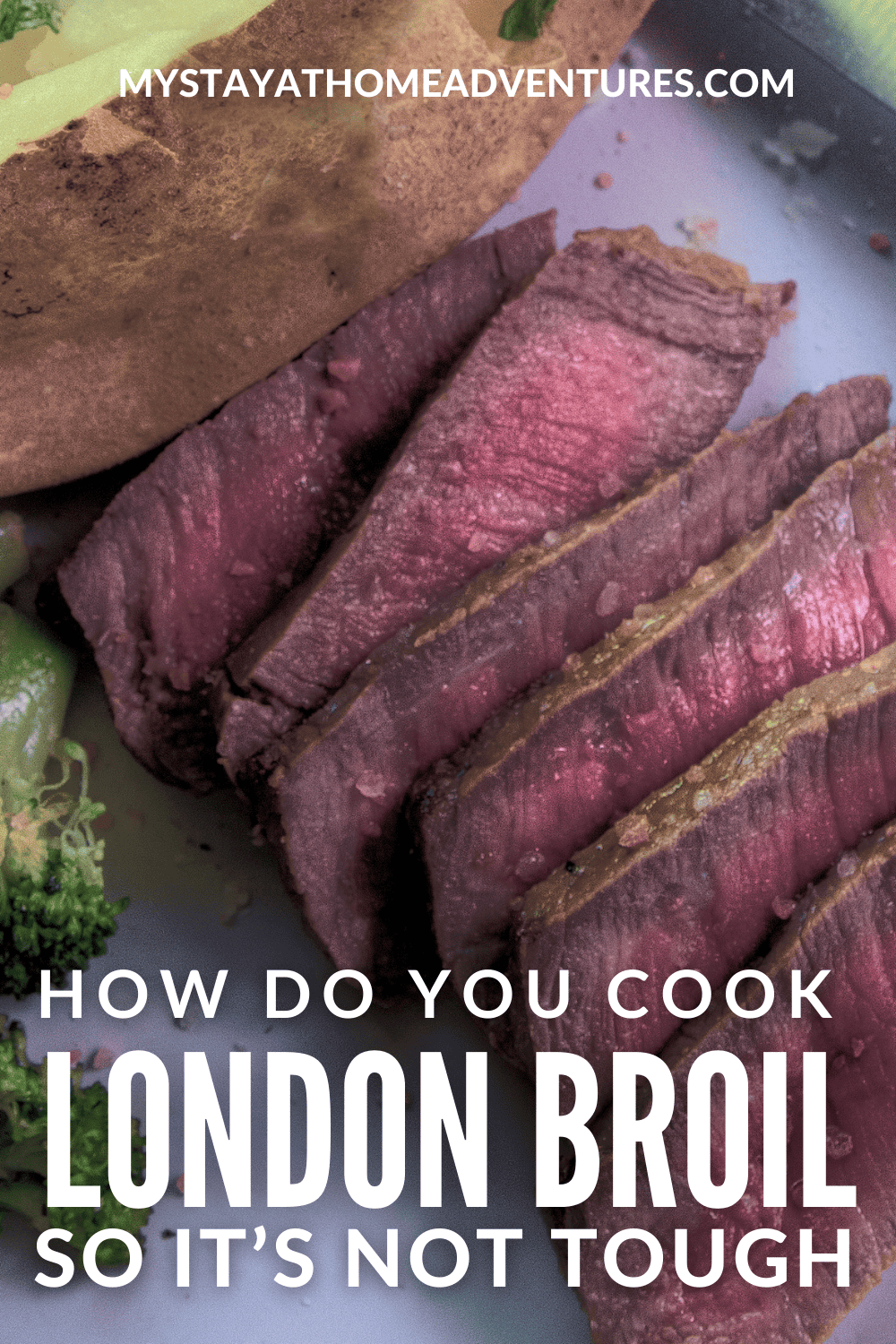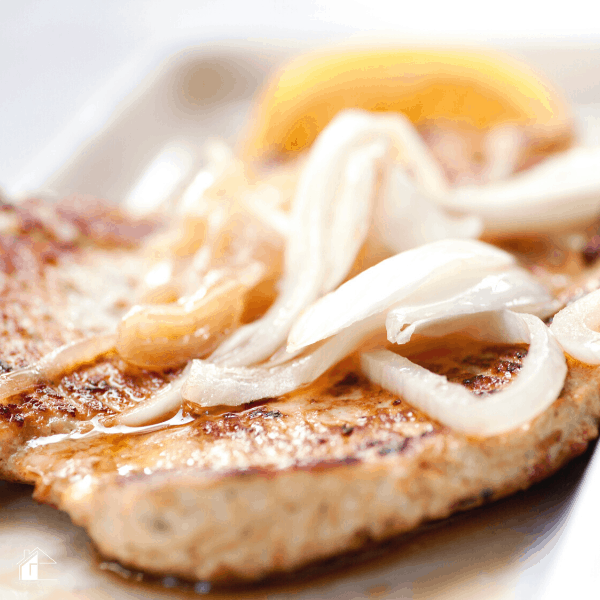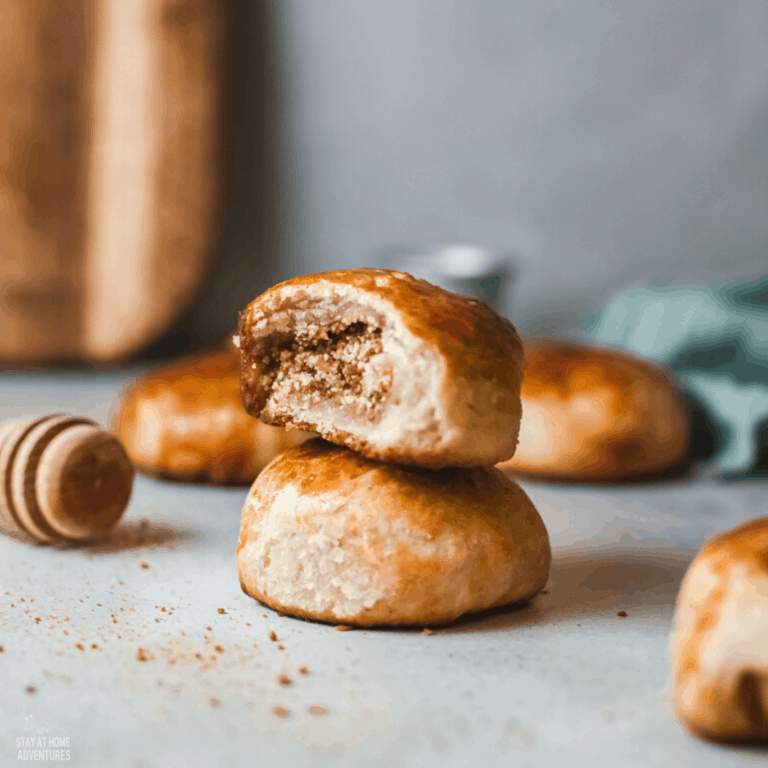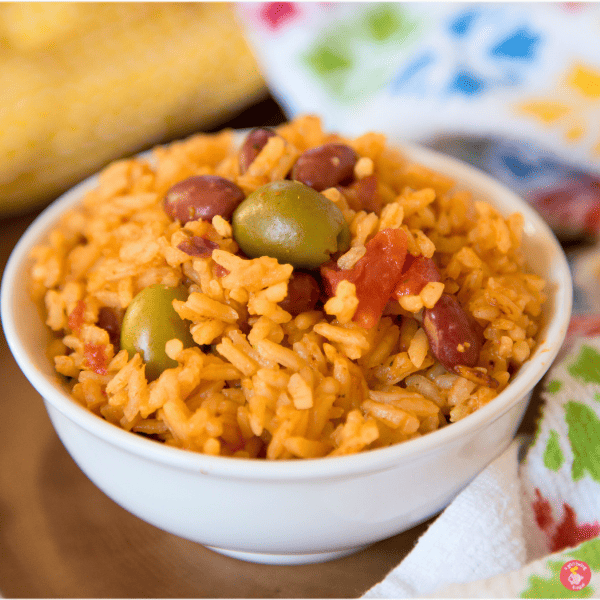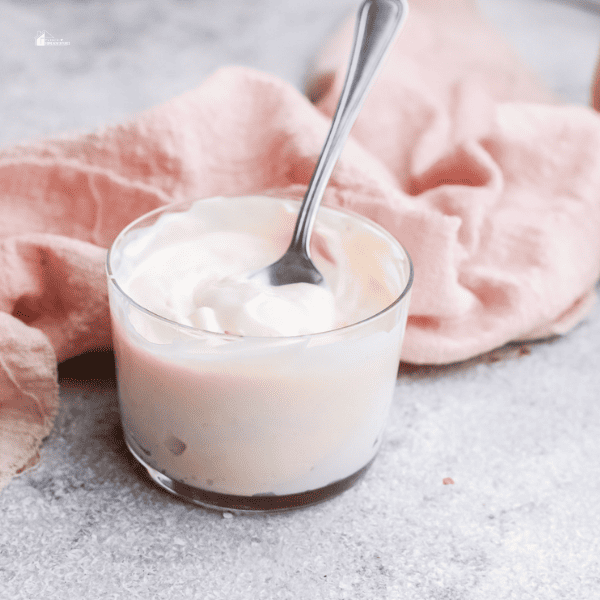How Do You Cook London Broil So It’s Not Tough?
This post may contain affiliate links which might earn us money. Please read my Disclosure and Privacy policies hereLondon broil is a flavorful and versatile cut of beef that can be enjoyed as a delicious meal. However, if not prepared properly, it can turn out tough and chewy. The key to cooking London broil so it's not tough lies in the cooking method and techniques used.
Here are some tips and tricks to ensure your London broil is tender and juicy every time.
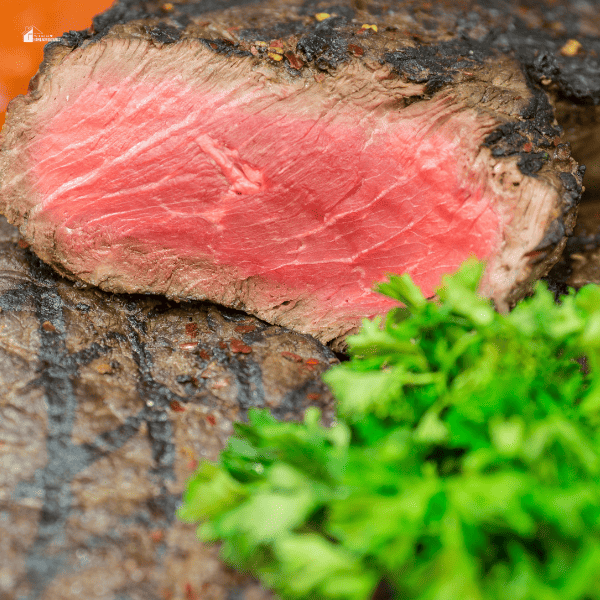
Choose the right cut
London broil refers to a cooking method rather than a specific cut of beef. Opt for cuts such as top round or flank steak, which are lean and have good flavor. These cuts are more tender when cooked correctly.
Tenderize the meat
Before cooking, tenderize the London broil to break down the tough muscle fibers. You can use a meat mallet or marinate the meat in a mixture of acid-based ingredients like vinegar, lemon juice, or buttermilk. This helps to tenderize the meat and enhance its flavor.
Marinate for flavor
Marinating the London broil not only adds flavor but also helps in tenderizing the meat. Choose a marinade with acidic components like soy sauce, Worcestershire sauce, or balsamic vinegar. Allow the meat to marinate for at least 4-6 hours, or overnight if possible.
Preheat the grill or oven
Preheating the cooking surface is essential to ensure even cooking and prevent the meat from drying out. Whether you're grilling or using an oven, make sure it reaches the desired temperature before placing the London broil on it.
Cook to medium-rare or medium doneness
London broil is best when cooked to medium-rare or medium doneness. Overcooking can make the meat tough and dry. Use a meat thermometer to monitor the internal temperature, and aim for around 135-145°F (57-63°C) for medium-rare.
Rest before slicing
After cooking, let the London broil rest for about 10 minutes before slicing. This allows the juices to redistribute throughout the meat, resulting in a more tender and flavorful final product.
By following these tips, you can ensure that your London broil turns out tender, juicy, and full of flavor. Experiment with different marinades and cooking techniques to create a mouthwatering dish that will impress your family and friends.
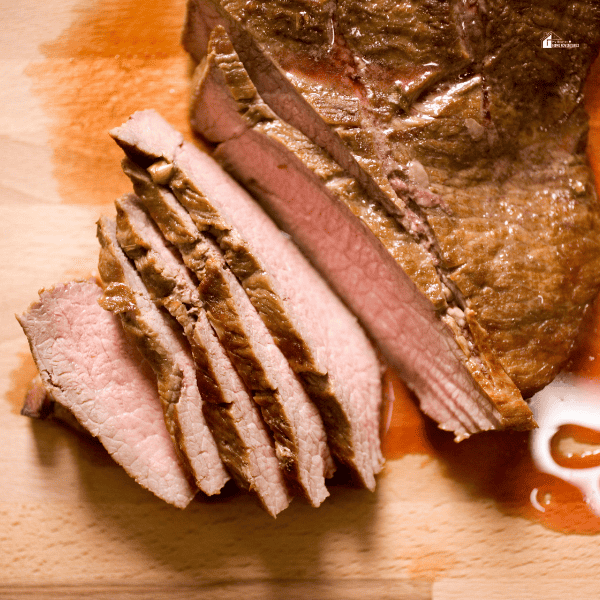
Which cooking method is preferred for London broil?
London broil is a cooking method that involves marinating and broiling a large, thick cut of beef, typically flank steak or top round steak. It's important to note that London broil refers more to the preparation and marinating of the meat than a specific cooking method.
Here's how it's typically prepared:
- Marinate: London broil is usually marinated for several hours or overnight to add flavor and tenderize the meat. Common marinade ingredients include olive oil, soy sauce, Worcestershire sauce, garlic, herbs, and spices. The choice of marinade can vary based on personal preference.
- Broil or Grill: After marinating, the meat is typically broiled or grilled. The broiling method is often used because it allows you to cook the meat under high, direct heat, which caramelizes the surface and gives it a flavorful crust. You can also grill it over an open flame.
- Slicing: London broil is cooked to medium-rare or medium doneness, and it's important to slice it thinly across the grain. This helps ensure that the meat is tender and easy to chew.
So, the preferred cooking method for London broil is broiling or grilling, but the key to a delicious London broil is in the marinating process and the proper slicing technique after cooking.
You might enjoy these posts:
- How Are Pork Steaks Supposed To Be Cooked? +Pork Steak Recipe
- Sous Vide Tequila-Lime Chicken Fajitas Recipe (IP)
How long to cook a 2 inch thick London broil?
When cooking a 2-inch thick London broil, the cooking time will vary depending on your preferred level of doneness and the cooking method.
For grilling, preheat the grill to medium-high heat and cook the London broil for about 6-8 minutes per side for medium-rare, or 8-10 minutes per side for medium. It's important to monitor the internal temperature using a meat thermometer and aim for an internal temperature of around 135-145°F (57-63°C) for medium-rare.
If using the oven, preheat it to 400°F (200°C) and cook the London broil for approximately 12-15 minutes for medium-rare, or 15-18 minutes for medium. Remember to let the meat rest for about 10 minutes before slicing to ensure a juicy and tender result.
Adjust the cooking time based on your desired level of doneness and the thickness of the meat, always keeping an eye on the internal temperature to avoid overcooking and drying out the meat.
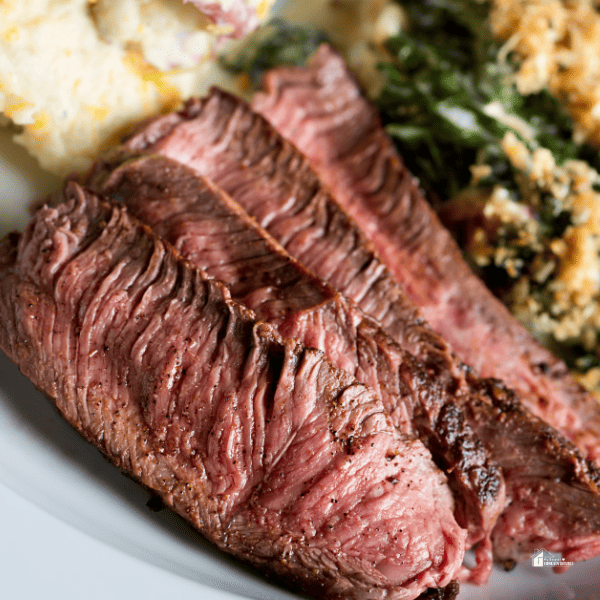
Should I tenderize my London broil?
Tenderizing a London broil, typically made from cuts like flank steak or top round, is a recommended step to ensure a more tender and enjoyable final dish. These cuts can be somewhat tougher, so tenderizing with a meat mallet or other tenderizing tool helps break down the muscle fibers and connective tissue, making the meat more tender and easier to chew.
It's especially important if you're not marinating the meat for an extended period, as the mechanical tenderizing process can help compensate for a shorter marinating time, resulting in a more palatable London broil.
What happens if you don't marinate London broil?
Without marinating, the meat may lack depth of flavor and could potentially be slightly tougher. However, you can still achieve a delicious result by properly seasoning the meat with salt, pepper, and other desired spices before cooking. Cooking techniques such as grilling or broiling can also help to enhance the natural flavors and tenderness of the meat.
Should I sear my London broil before baking?
Searing a London broil before baking is an optional step, but it can enhance the flavor and appearance of the final dish. Searing the meat in a hot pan or on a grill quickly caramelizes the surface, creating a flavorful crust and enhancing the overall taste. It also helps lock in some of the meat's juices, keeping it moist during baking.
However, whether or not you choose to sear the London broil before baking depends on your personal preference, some people prefer the added flavor and texture that searing provides, while others may skip this step and go straight to baking, especially if the meat has been marinated for an extended period and they want a more hands-off cooking approach.
